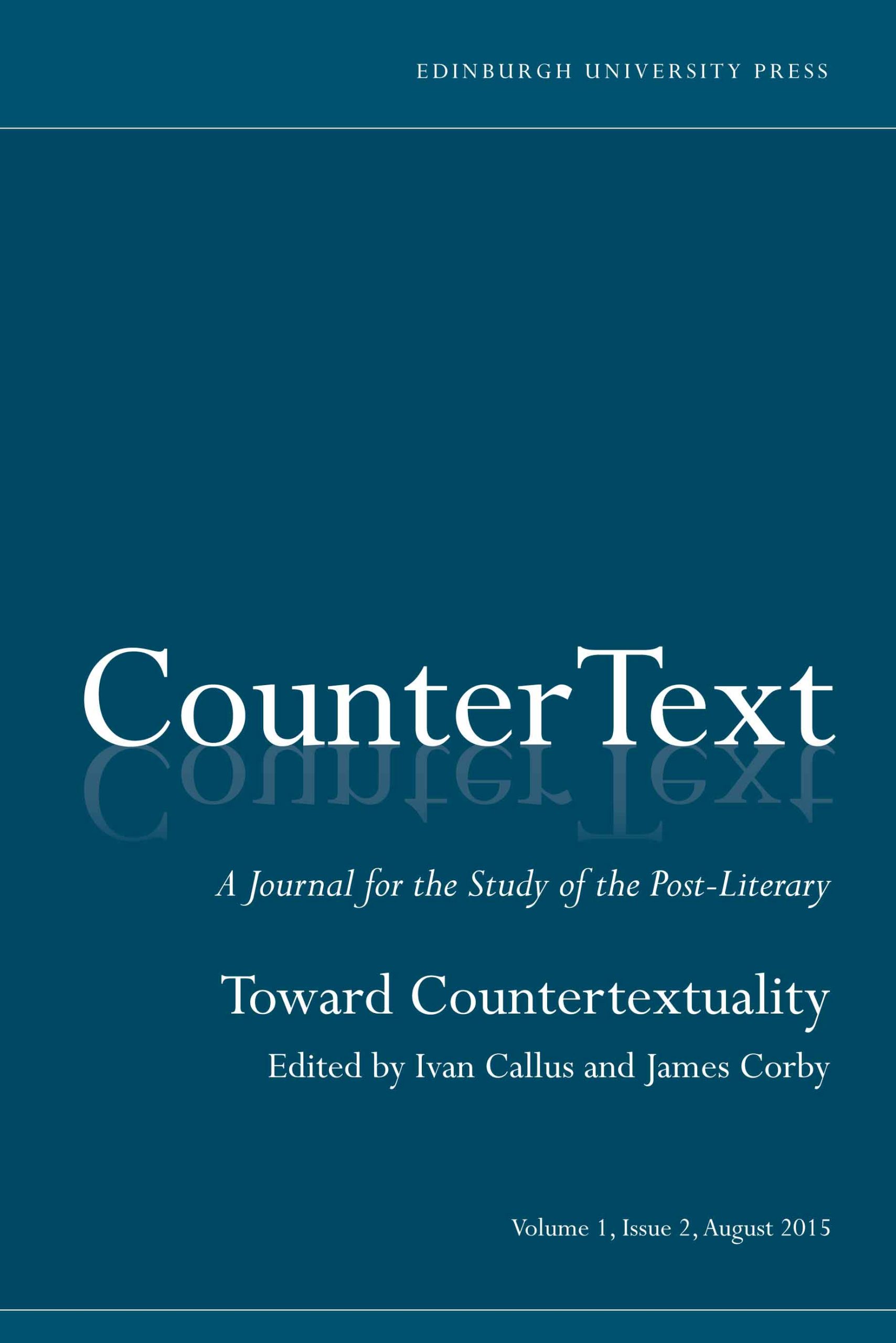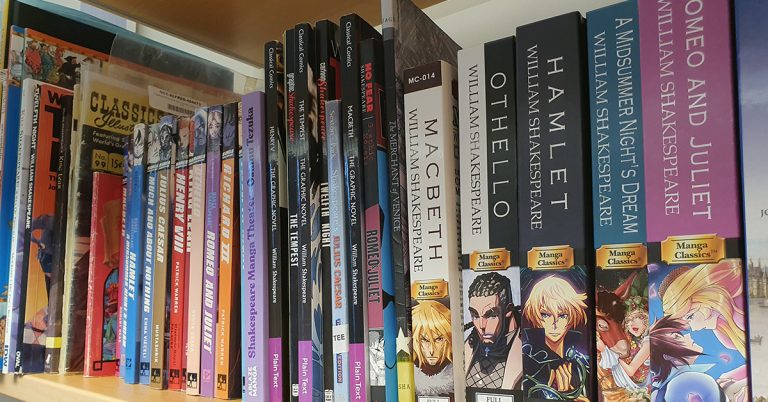
An interview between 2015 Man Booker Prize finalist Tom McCarthy and the editors of CounterText: Ivan Callus and James Corby.
Ivan Callus: … this brings us to the idea of ‘anthropology of the present’, something that Satin Island is very much concerned with, prompting the question of what the literary ‘Now’ would be. The novel positions itself there, perhaps not declaredly, but implicitly. It sets itself up, in a sense – a self-debunking Great Report on the nature of the literary ‘Now’.
Tom McCarthy: Yes, that’s exactly what it is. In the initial draft stages, the character U. was a writer, but then I just really didn’t want to write a book about a writer who can’t write a book. There have been so many of those, all written by white men, and I don’t think the world needs another one. But the anthropologist is a fascinating figure in that respect because, of course, he is a writer. U. is a writer who can’t write the thing that is meant to be written – almost like a Thomas Bernhard character. I love how in Bernhard’s Concrete, for example, the protagonist sits down to write the definitive text on Mendelssohn and spends the whole book not writing it. And so what you read is the off-cut, the crap, the waste of this other Platonic book that never came into being.
So, yes, the anthropologist is a perfect stand-in for the writer. He looks at the world and reports on it. That is the classical model and, of course, as Lévi-Strauss already understood, it’s a model that is not workable in the modern era because there has been a set of implosions and that sort of distanced mastery has been lost. Instead, there are all these essentially textual problems about how you write and how you read your own writing, as well as how you read the short-circuits of (to use the language of cybernetics, an idiom that’s interesting me more and more) feedback loops. This is a fascinating situation.
U. says quite early on in the novel that his official function is to distil the meaning out of situations, to read and parse. But then he sometimes thinks (especially when he has been in his basement for a long time listening to the incantations of the ventilation system) that he is actually doing the exact opposite, putting meaning in the world, and that the world will not function unless you put the meaning in it, just as a railway network wouldn’t function unless men heroically mend the tracks at night, and milk wouldn’t appear on the doorstep unless milkmen heroically place it there. I think he really believes this and in my research I talked to a corporate consultant with an anthropological background and he said exactly this. He said: ‘You know I’m not just selling my soul to the Man, I’m making the world better by putting meaning in it, at the micro-, as well as the macro-level. Whether it’s designing a cereal packet or the signage for a huge city, I’m making stuff better by understanding the way meaning operates’. And I was quite taken by this. Even this type of practice is basically a kind of textual practice involving semantics and form and the symbolic.
James Corby: I suppose that felt need to import meaning into the world implies that there is a loss of meaning. But there is a sense in which Satin Island can be read as developing an aesthetics of failure where the loss of meaning is redeemed in some way.
Tom McCarthy: I wouldn’t call it redeemed, but, yes, definitely. In a way this is straight postmodern theory. It’s what Jean-François Lyotard talks about, the collapse of Grand Narratives. I think U. – indeed, this whole book – is encountering that at every level. U. is working throughout the novel on a great ‘Project’, a huge infrastructural, corporate, civic, supra-governmental, digital, analogue, you-name-it project that is taking place that no one understands. The kind of frames or interpretative systems through which that might be understood and named and critiqued in an old-fashioned sense – these have gone, these have collapsed and U. is trying to navigate that wreckage. But then, in a way, he is also mapping this new emergent landscape of fragments, and constellating these into new micro-systems. It’s a very political book: at one point U. is thinking of becoming a kind of revolutionary and blowing everything up, but then he gets diverted by his fascination for the fashion aspects of the Baader Meinhof group – the sunglasses and so on.
James Corby: Beyond that postmodern framing, are there not also echoes of Romantic thinking? The idea that meaning can’t be grasped directly, that it lies just beyond one’s ken, but can be somehow glimpsed at or gestured towards – that seems very Romantic.
Tom McCarthy: Absolutely. There is a whole Romantic, even Gnostic, thing going on. U. is looking at a veil, which is the screen, the pixellated screen. Indeed, a veiling screen, in the shape of the Turin Shroud, is the first image in the book. And this carries on through the book, via other screens, not least technological ones, and all the time U. is looking for some kind of absolute – a codex or a moment that would make sense of everything. Which is like anthropological research – even something as tiny as a little belt buckle or something could turn out to be a Rosetta Stone that will unlock an entire culture, bathing you in this kind of gush of meaning that will redeem you and make everything make sense. My guy, U., keeps approaching that moment and not getting it; or he thinks he has got it when he thinks he has cracked the reason all these parachutists are dying, and then two weeks later it turns out he is completely wrong. Then, at the very end, there is this almost metaphysical moment of taking the ferry over the Styx (or at least New York Harbor). But he doesn’t take the ferry. He is suspended, as he puts it, between two types of meaninglessness: taking the ferry, which would be meaningless, and not taking it, which is meaningless as well, and he just looks at a man holding a disconnected phone. But he goes back into the city, an idea that I stole directly from the end of Balzac’s Le Père Goriot, when [Eugène de] Rastignac goes back into the city. He goes: ‘À nous deux, maintenant!’, and walks back into Paris. So I think U. is taking a form of resistance back into the heart of the machine. It’s unresolved, it’s a gap. The book is so much about gaps and buffering – the delays, the hiatuses that open up within the rhythm of the machine. I think that is his political and aesthetic gesture at the end – taking this restlessness back into the heart of things.
Read the full interview with Tom McCarthy in CounterText: Toward Countertextuality, now available online.
CounterText is a journal new to Edinburgh in 2015. It publishes articles, interviews and creative work concerned with contemporary literary and post-literary cultures – find out more and sign up for table of contents alerts at http://www.euppublishing.com/journal/count.





